1. Edgefield Stoneware Pottery
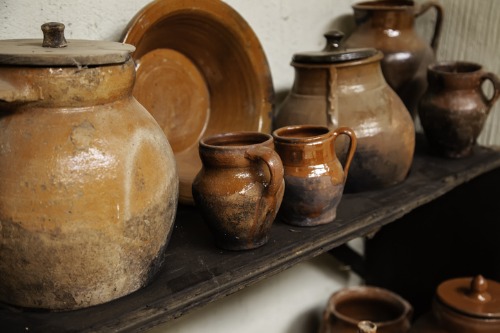
Edgefield pottery from South Carolina, especially face jugs or signed works by David Drake, has skyrocketed in value. A decade ago, these stoneware pieces were niche folk art, often sold for just a couple thousand dollars. Today, the same vessels can bring in tens of thousands at auction, sometimes nearly hitting six figures. That kind of jump is why collectors are scanning flea markets for overlooked jugs and churns.
The big driver here is rarity and cultural significance. Museums and historians are highlighting African American craftsmanship, which has fueled collector demand. Even a small churn or jar in good shape can quietly triple in value as recognition grows. If you ever spot one with an inscription or signature, it’s worth a second look.
2. Mid-Century Modern Teak Furniture
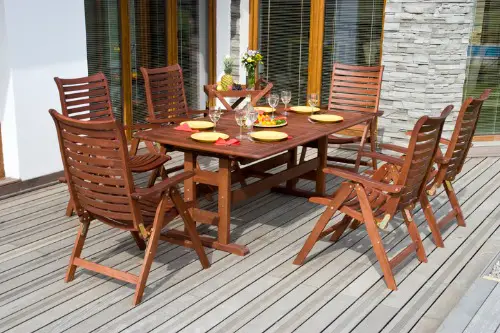
Not too long ago, mid-century teak sideboards and chairs were considered outdated hand-me-downs. Fast-forward to now, and pieces from Danish designers like Hans Wegner or Finn Juhl are fetching thousands. Even “no-name” teak credenzas have tripled in value simply because the style has come roaring back into fashion. Flea markets that once had them sitting unsold now see them snapped up fast.
The appeal is both aesthetic and practical. Clean lines and durable hardwood make these pieces timeless, so younger buyers scoop them up for modern apartments. Online resale platforms amplify the trend, showing off styled interiors and fueling envy. That demand translates into prices that keep rising year after year.
3. Pyrex Mixing Bowls
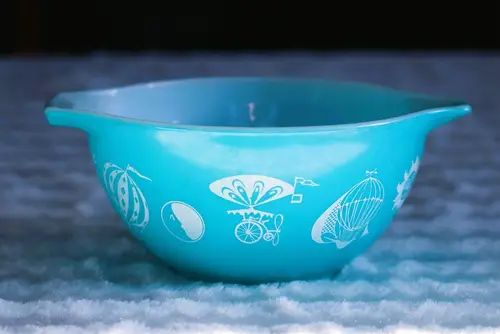
Vintage Pyrex used to be one of those things you’d find stacked under tables at flea markets for a couple of bucks. Now certain colors and patterns, like “Pink Gooseberry” or “Butterprint,” can fetch hundreds. Full nesting sets that once cost pocket change routinely triple in value when resold online. Collectors even have entire groups devoted to hunting down rare colorways.
The magic of Pyrex is nostalgia mixed with utility. People remember their grandparents using them, and they’re still perfectly usable in the kitchen. Because patterns were limited runs, supply gets tighter each year. The rarer the print, the more dramatic the price leap.
4. First-Edition Stephen King Novels
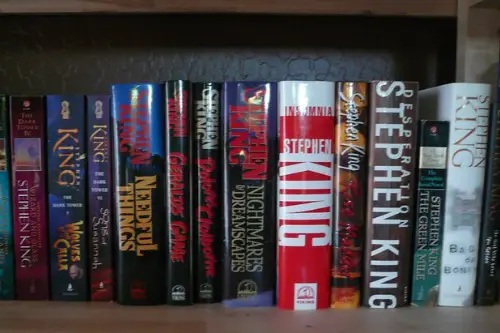
Hardcovers of Stephen King’s earliest works were once just dog-eared finds tossed in $1 bins. Today, a first edition of Carrie or The Shining in good condition can command thousands. Even less pristine copies have tripled in value over the past decade. Collectors are especially keen on copies with original dust jackets intact.
King’s cultural impact plays a big role here. He’s still publishing, and his influence spans books, film, and television. As more readers chase that “first print” magic, the competition drives prices higher. It’s a classic case of popular culture feeding collector markets.
5. Levi’s Big E Jeans
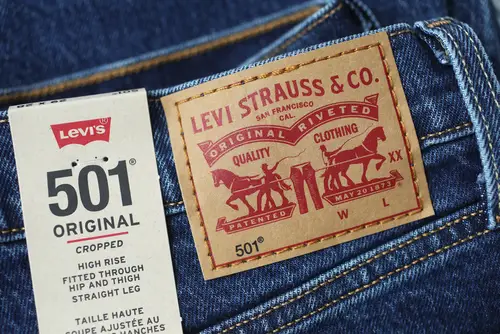
At one time, old Levi’s jeans with wear and tear were overlooked at flea markets. But denim enthusiasts now pay a premium for “Big E” tags, which were phased out around 1971. Pairs that once went for $10 or $20 can now fetch hundreds, even thousands if they’re rare cuts. The Japanese vintage market in particular has driven demand.
The value lies in history and craftsmanship. These jeans were made with sturdier selvage denim, built to last, and they carry the appeal of authentic American workwear. Fashion trends recycle, and vintage denim is currently red-hot. A lucky flea market find could mean a serious payday.
6. Vinyl Records from the 1990s
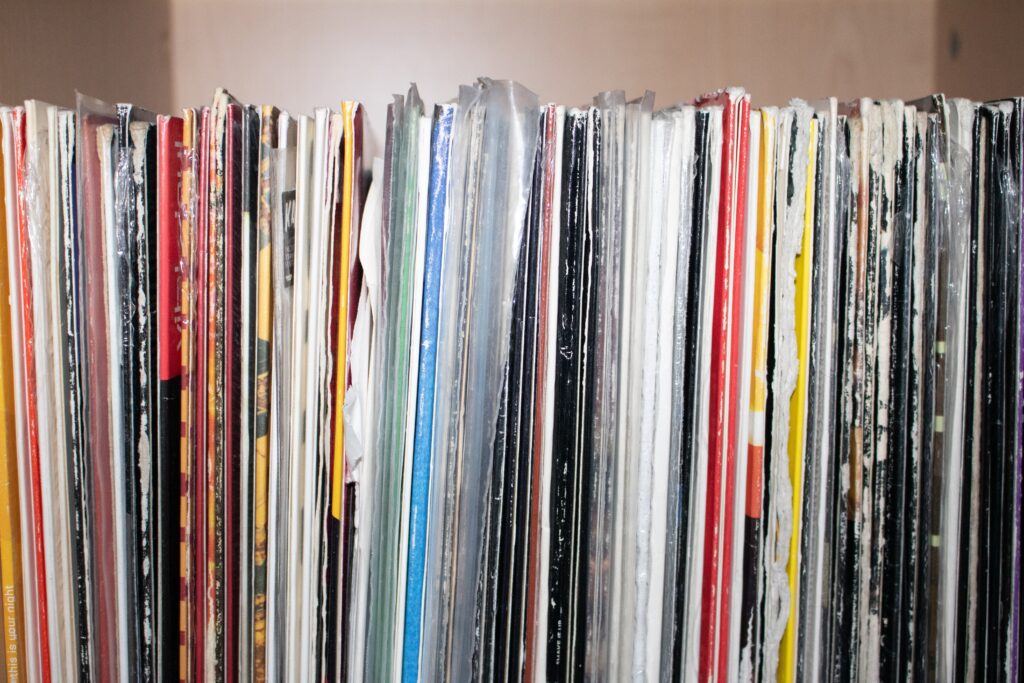
For years, vinyl from the ’90s languished in bargain bins while older ’60s and ’70s classics got the spotlight. But as vinyl collecting exploded, albums pressed in smaller quantities during the CD boom suddenly became treasures. Records by Nirvana, Radiohead, or early hip-hop artists have seen values triple. Some now sell for hundreds when they once cost $5.
It’s all about scarcity. In the ’90s, vinyl production was limited since CDs dominated, so surviving copies are rarer. Pair that with millennials and Gen Z fueling the vinyl revival, and demand has surged. A sealed or well-kept ’90s pressing is practically gold.
7. Enamel Advertising Signs
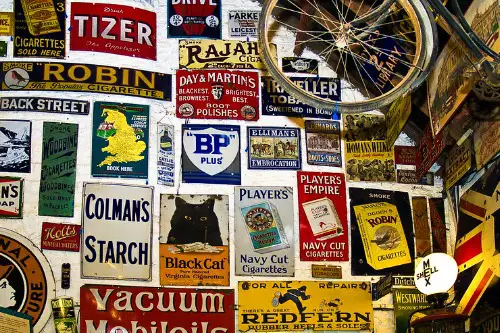
Rusty old gas station or soda signs were once considered junk, sold for a few bucks as garage décor. Today, authentic enamel advertising signs from brands like Coca-Cola, Texaco, or Sinclair have tripled in value. Depending on rarity, some climb from under $100 to well over $1,000. Collectors prize the bright colors and nostalgic Americana vibe.
Their popularity stems from crossover appeal. They attract both advertising collectors and people decorating homes or restaurants with a vintage look. Condition matters—chips and rust lower value—but even imperfect signs sell quickly. As supplies dry up, prices only keep rising.
8. Atari 2600 Games
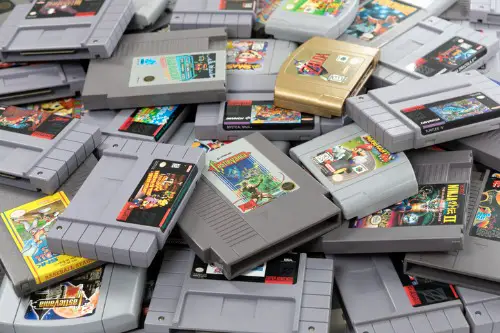
For years, old video game cartridges sat in flea market bins unloved. But nostalgia and the boom of retro gaming have changed that. Certain titles like Air Raid or E.T. (despite its infamy) have multiplied in value. Even common titles in good condition can now fetch far more than they once did.
What makes them desirable is both rarity and memory. Gamers who grew up with these consoles are now collectors with disposable income. Complete boxed sets bring the highest returns. The once-dusty cartridge pile is suddenly a collector’s goldmine.
9. Mid-Century Barware Sets
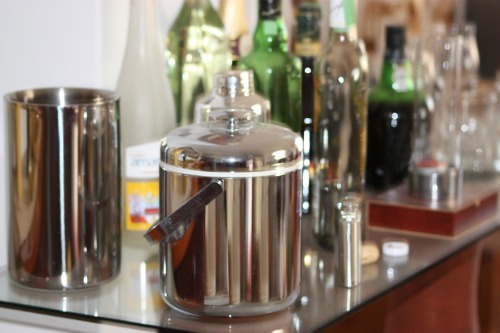
Shiny cocktail shakers and atomic-era highball glasses weren’t exactly hot sellers 20 years ago. But with the cocktail renaissance, vintage barware has tripled in value. A $25 flea market set might now sell for $100 or more, depending on design. Brands like Dorothy Thorpe or Culver are especially in demand.
Why? Style meets lifestyle. People want their home bars to look as good as their craft cocktails taste. Instagram culture also fuels this, since retro bar setups photograph beautifully. Collectors and entertainers are willing to pay top dollar for complete sets.
10. Military Trench Watches
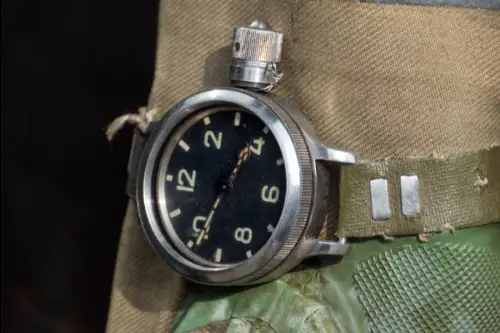
Old wristwatches from the World War I and II eras once blended into flea market piles of pocket watches. In recent years, values have soared as collectors appreciate their design and history. What once sold for under $100 can now command several hundred or more. Original straps or markings increase value even further.
The trend comes from both military history buffs and watch enthusiasts. Trench watches were transitional pieces bridging pocket watches and modern wristwatches. Their rugged utility and patina make them visually appealing. With supply limited, values are climbing steadily.
11. Vintage Concert T-Shirts
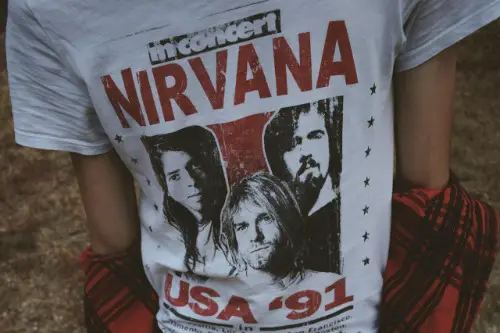
That faded band tee you passed up for a few dollars? It might now be worth hundreds. Original tour shirts from the ’70s, ’80s, and ’90s—especially from major acts like Metallica, Nirvana, or The Rolling Stones—have tripled in value. Condition matters, but even worn shirts are sought after. What used to be just fan gear is now collectible fashion.
The boom is tied to fashion trends and nostalgia. Celebrities sporting vintage band tees have turned them into status symbols. Limited runs mean scarcity, especially if shirts were only sold at shows. Flea markets remain one of the few places to stumble across authentic ones.
12. Bakelite Jewelry
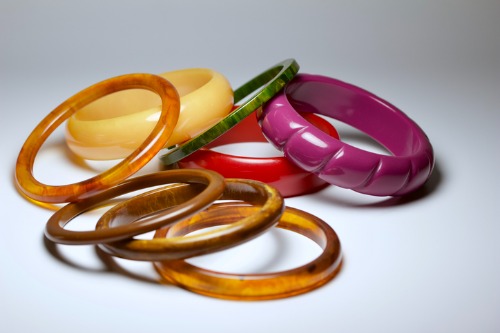
Chunky Bakelite bangles were once dismissed as cheap costume jewelry. Now, collectors prize their bold colors and patterns. A $20 flea market bracelet can easily resell for $100 or more. Entire sets, especially in rare colors, fetch multiples of that.
The appeal is rooted in design history. Bakelite was one of the first plastics, used heavily in the 1930s and 1940s. Its retro charm, plus the fact it’s no longer produced, makes it desirable. Values have quietly tripled as more people rediscover its beauty.
13. Typewriters from the 1950s
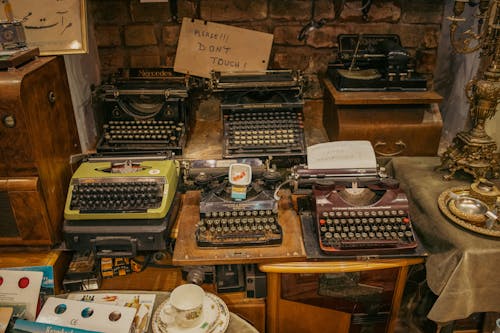
For decades, typewriters gathered dust in flea market corners, sold for next to nothing. But writers, collectors, and even décor lovers have pushed prices way up. Models like the Smith-Corona Skyriter or Hermes 3000 have multiplied in value. A machine that once cost $30 can now command $300 or more.
It’s a mix of utility and aesthetics. People like the tactile experience of typing, while others want them as statement décor. The typewriter renaissance shows no signs of slowing. Even non-working machines sometimes sell just for looks.
14. Fiesta Ware
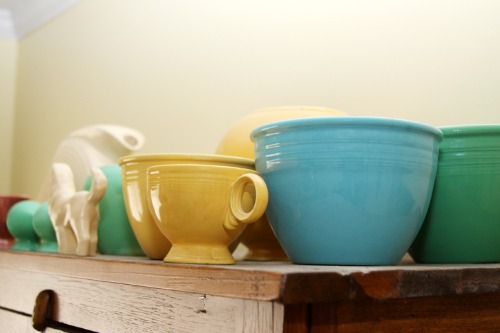
Brightly colored Fiesta dinnerware was once just old kitchenware at estate sales and flea markets. Now, original pieces from the 1930s through 1950s have tripled in value. Rare colors like medium green can sell for hundreds on their own. Sets in good condition are highly collectible.
The rise comes from nostalgia and design appreciation. Fiesta’s bold colors fit perfectly with modern retro-chic interiors. Collectors often compete to complete color sets, driving up demand. Even a single bowl can be a small but mighty investment.
15. Polaroid SX-70 Cameras
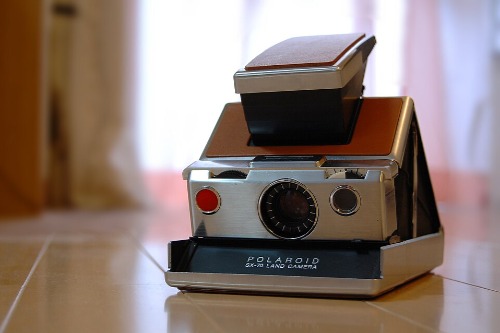
Vintage Polaroid cameras were once outdated tech, sold for pocket change. Today, models like the SX-70 are worth several times what they once cost. A flea market find for $25 can easily resell for $150 or more. Fully functional versions bring even more.
Their resurgence is tied to instant film’s comeback. Companies still make film for these classics, so people can actually use them. They’re also design icons, beloved for their fold-flat elegance. What seemed obsolete is now a prized collectible.
This post 15 Flea Market Finds That Quietly Tripled in Value in Just a Few Years was first published on Greenhouse Black.
